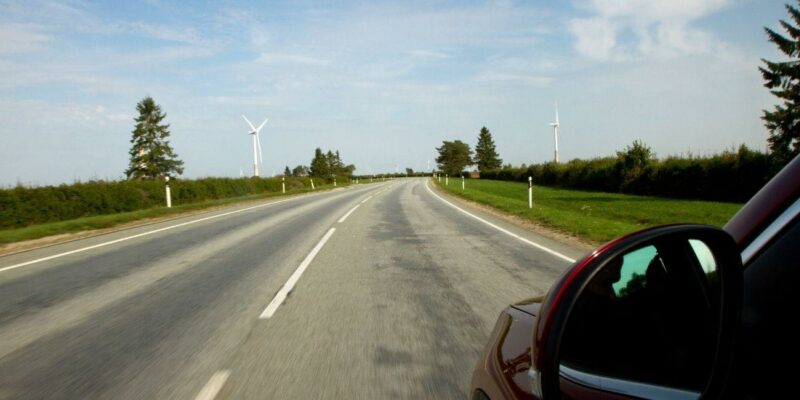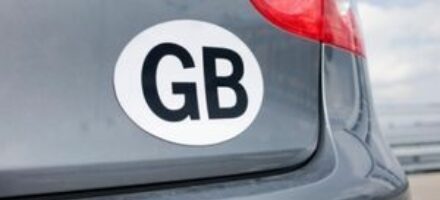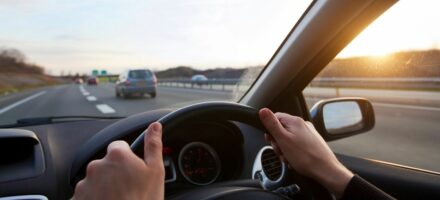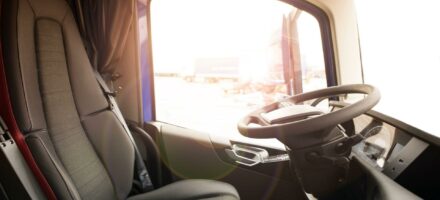
Driving Licences
While driving abroad, you can use your full UK driver's licence to hire a vehicle or drive your own car on the roads in Europe and most countries further afield. It is important to remember, however, that this is only allowed for a limited period of time, after which you would have to apply for a driving licence in the country in which you were staying. For example, if you were employed to work in Germany you could only use your UK driving licence for a period of twelve months, after which time you would have to be in possession of a German driving licence to continue driving.
It is important to check the legislation regarding driving licences and their expiration in other countries before you travel.
You may need an international driving permit (IDP) to drive in some countries. You do not need an IDP to drive in the EU, Switzerland, Norway, Iceland or Liechtenstein if you have a photocard driving licence issued in the UK.
Insurance
Many insurance companies have policies that cover driving abroad and also cover the procurement of a rental car if there are any unforeseen difficulties arising out of an accident or break-down - but do not assume this to be the case. Always contact your insurance company well in advance of your journey to ensure that you are fully covered.
Before you set off on your journey make sure you have your driver's licence with you. Many countries insist that drivers carry their licence with them whenever they are driving. Be sure to take your insurance details and the phone number of the insurance company with you too.

Rules of the Road
The rules of driving on the roads of other countries can be different from those of British roads. The biggest difference of course is that most countries in Europe drive on the other side of the road. Some countries have different speed limits and in Germany for example, many parts of the Autobahn (their equivalent to our motorway) have no speed limits at all.
Any speed limits imposed will be shown in kilometres per hour (kph) rather than miles per hour (mph), so make sure you get used to looking at the kph markings on the speed dial if you're in your own vehicle. Some countries are also much stricter about motorists adhering to the speed limits than others.
Before you begin your journey - irrespective of the country - you should take the time to familiarise yourself with their traffic laws and rules of the road. Failure to do so could result in a fine or worse being involved in an accident.
Safety
Make sure your car is roadworthy before you set off. Before you start your journey have your vehicle serviced and any faults repaired. Here's a brief checklist:
- Are your tyres filled to the correct air pressure?
- Are the brakes in good working order?
- Is the Speedometer working properly?
- Have your seatbelts been thoroughly tested recently?
- Are all lights and indicators functioning?
- Are all mirrors in place?
Many European countries require drivers to carry: an emergency first aid kit; a warning triangle; a GB sticker and a reflective jacket. You should also adjust your headlight beam pattern to suit driving on the right so you do not dazzle other drivers.
Making sure that the aforementioned tasks are carried out should leave you with the peace of mind to enjoy your driving experience abroad and also keep you and your loved ones safe in your vehicle whilst doing so.
Disclaimer: The information in the article is for general purpose information only and should not be constituted as legal advice. This article has been produced by a third party and Jardine Motors does not take any responsibility for the completeness, accuracy, or reliability with respect to the website or the information provided. Article last updated March 2016.



